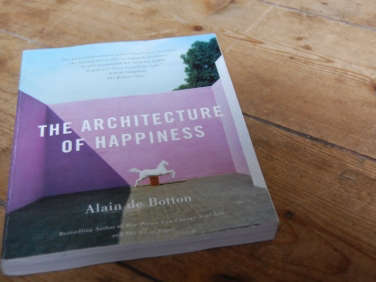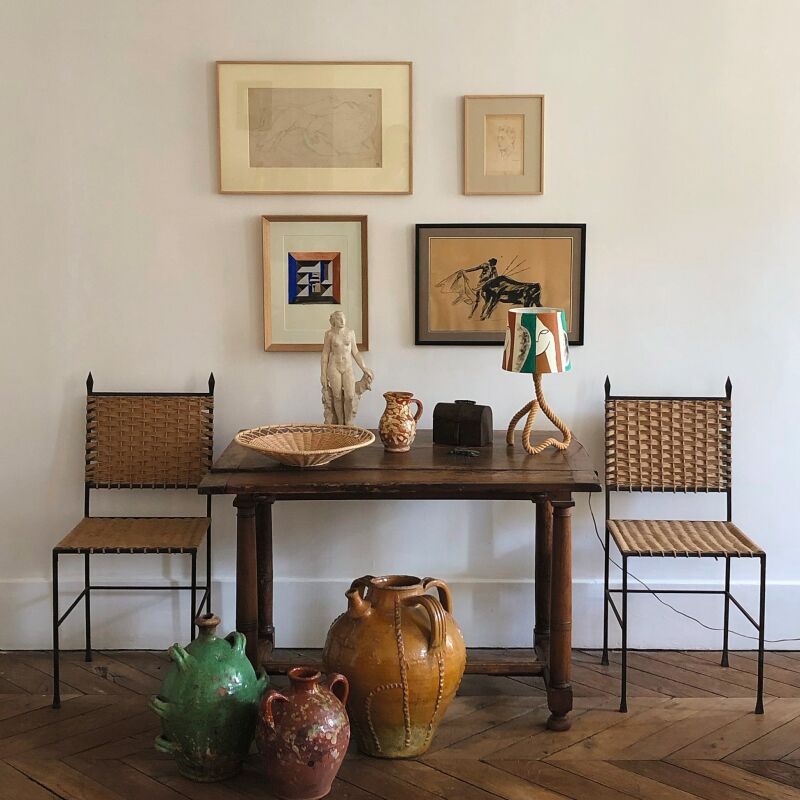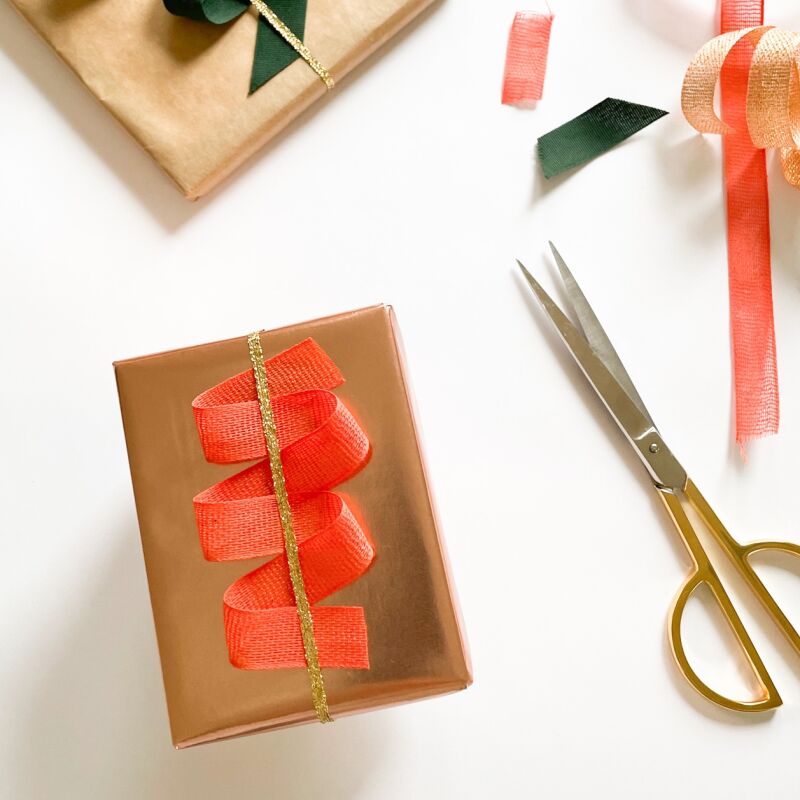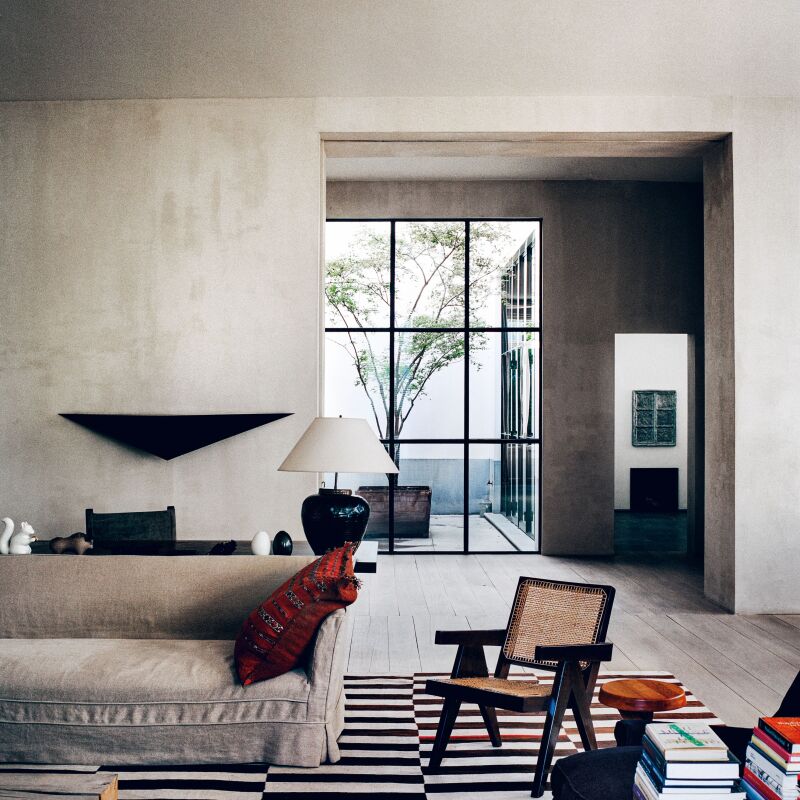A while back I heard Swiss-Brit philosopher and writer, Alain de Botton give a talk and he proved to be a delightful mix of cerebral and witty. I’ve just finished his book The Architecture of Happiness and it was equally heady with plenty of wry observations about our relationship to the built world. What is required in a structure to make us happy? How are our needs and desires channeled into a house? Why do some people choose to live in a mock Tudor? As de Botton notes, “One of the great, but often unmentioned, causes of both happiness and misery is the quality of our environment: the kind of walls, chairs, buildings and streets we are surrounded by.” Whether you are building a new house or just wish to contemplate the power of design, de Botton’s book The Architecture of Happiness provides plenty of food for thought.
Above: The Architecture of Happiness published by Vintage Books; $12.79 from Amazon. Photograph via The Happy Spaces Project Blog.

Above: Crescent House by Ken Shuttleworth of UK-based Make Architects is one of the structures referenced in the book.

Above: Balancing Barn near the Suffolk coast in England was designed by Dutch firm MVRDV; it’s available for rent as part of Living Architecture, a social enterprise founded by de Botton that promotes the “enjoyment of world-class architecture.”

Above: The book examines Philip Johnson’s Glass House in Connecticut. Photograph by Thomas Loof via Architectural Digest.
Alain de Botton is a true renaissance man; read about his School of Life in London, which offers “programs and services concerned with how to live wisely and well.” And check out more architecture and design books via our Required Reading category.






Have a Question or Comment About This Post?
Join the conversation (3)